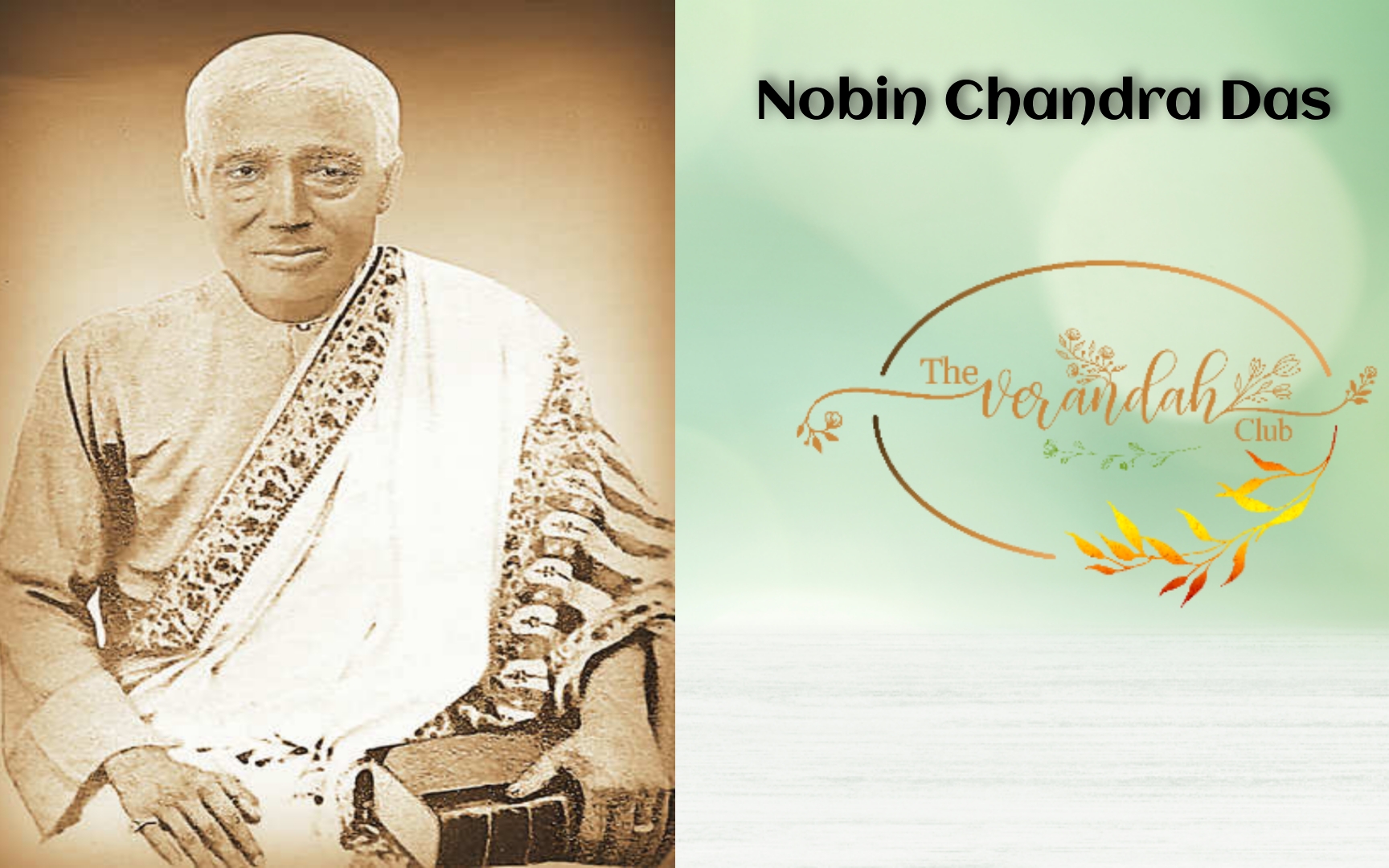
A Sweet Story
It was Calcutta in the middle of the 19th century, 1845 to be precise. Disaster struck a North Calcutta family. The head of the family, a well-to-do sugar merchant died suddenly. To complicate matters, his young wife was expecting a child who was born a few months after his father’s demise. It was a boy and he was named, Nobin, meaning ‘Young’ in Bengali language. While the family had been of means, the death of Nobin’s father plunged them into uncertainty. Nobin’s early years were difficult – there was little money to provide for Nobin’s education and thus income options were also limited. On his mother’s side, there were some relatives who had a flourishing business of sweetmeats. Their shop was located on Chitpur Road in Bagbazar area. When he came off age, Nobin went to work at his relatives’ shop. Unfortunately, it was a bitter experience. He was constantly criticized and humiliated by his maternal relatives until one day, young Nobin could not bear it any further. He bade goodbye to the job and with a friend, decided to start his own business in sweetmeats, opening a shop in Jorasanko with one of his friends.
Lady luck though didn’t smile on the hapless young man. Back in those days, the people who were involved in manufacturing of sweets were derided upon by high society. They were dubbed ‘Moiras.’ Nobin’s family on his father’s side was a well known one. His relatives now boycotted him as they felt he was bringing infamy to the family name by becoming a Moira. Moreover, Nobin soon fell out with his partner who left the business and the shop was closed down. But life had been a struggle for Young Nobin from the day of his birth. He was not about to give up so easily. The humiliation and insult he was meted out by his maternal relatives haunted him and he was not about to forget it so easily. Somehow, he raised enough funds to open another sweetmeat shop, this time on Chitpur Road bang opposite to his relatives’ shop from where he had left in tears.
Unlike others of his ilk, Nobin was not content with just producing run of the mill stuff. He had a keen enquiring mind despite not receiving much formal education. He kept on experimenting with ingredients, mixing this and that. In those days, the most popular sweet item was Sandesh – made from Chhena. It was a delicacy but also an expensive one which the top sections of the society only could afford. For the rest, there were only sweets made from Lentils (Dal) or flour of various grains. While use of Chhena had become popularized through the Portuguese and Dutch colonialists in Bengal, however, sweet makers were unable to make the Chhena bind into a fine form. The lumps of Chhena were put in boiling sugar syrup, they either crumbled or got burnt. While different forms of dry Sandesh were being made from Chhena, no one had been able to make a syrupy sweet using the same. Young Nobin had learnt all this but he was not ready to give up so easily. One, whose whole life had been nothing but an obstacle course, was not ready to take “no” for an answer.
The year was 1868. From the 1820s onwards, the Reverse Osmosis (RO) Process of purifying water or other liquids had become popular and commercialized in Bengal. Nobin decided to employ Reverse Osmosis in his Chhena preparation process. He kept at it and one day, like the great scientific minds of Europe, Nobin had his eureka moment! The Chhena lumps when poured in boiling sugar syrup were no longer breaking up or getting burnt. The result was a sweet, soft white ball of Chhena soaked in sweet syrup.
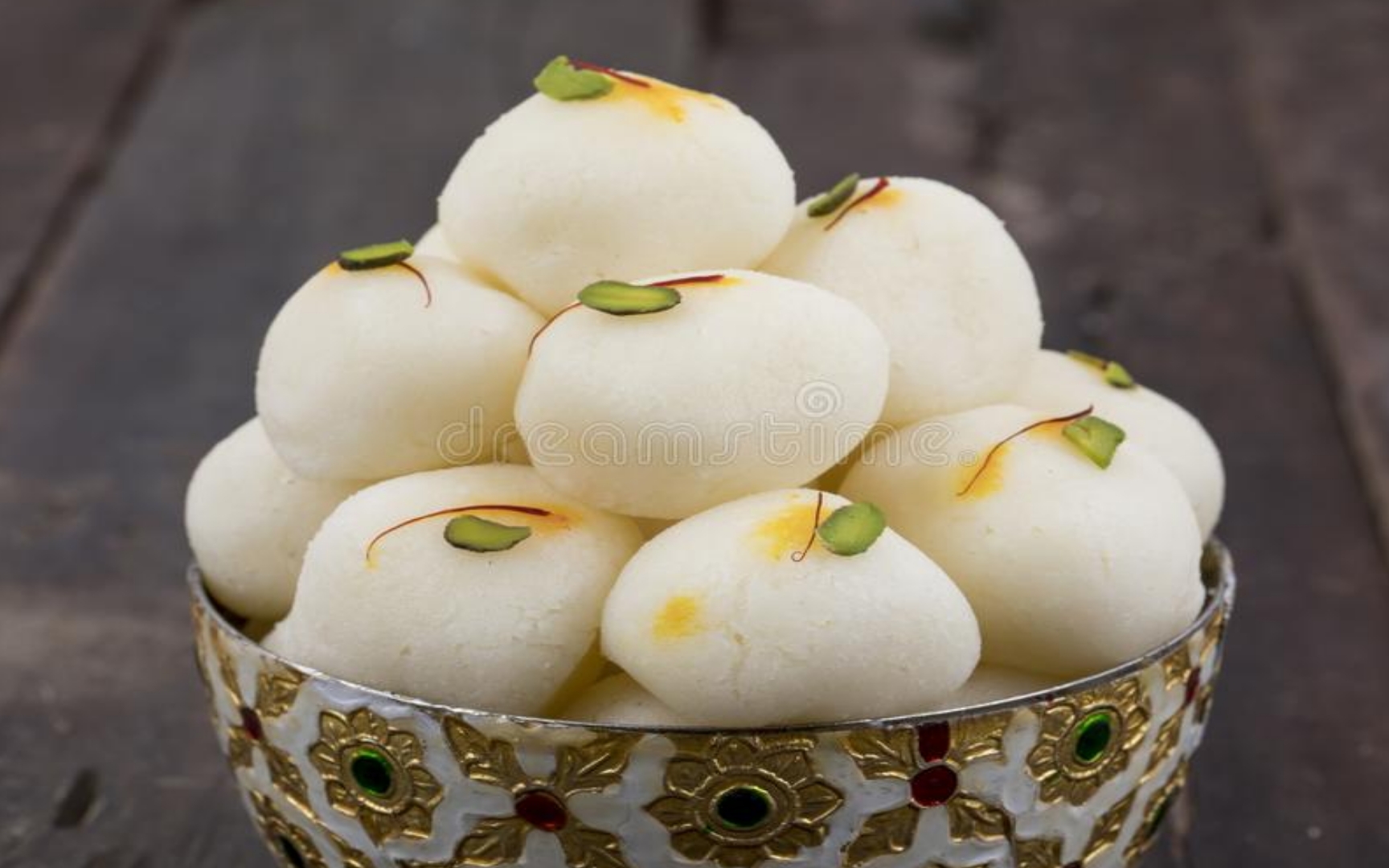
Nobin named his new invention ‘Rosogolla’ meaning balls of Ras (Syrupy liquid). As Nobin struggled to make his new invention popular and known to customers, one fine day, fortune finally smiled on him. Early morning, a Landau (horse drawn carriage) stopped in front of his shop. The Landau was carrying the family of Seth Raibahadur Bhagwandas Bagla, a Crorepati Marwari Businessman of Calcutta. One of Bhagwandas’ children was feeling thirsty and the rich merchant asked for a glass of water. A brain wave struck Nobin and along with the glass of water, he also proffered a piece of Rosogolla to the child. On having it, the boy was delighted! He pleaded with his father to also try one. Bhagwandas tried it on his son’s insistence and he was equally impressed. The merchant immediately ordered large quantities of the new sweet to be packed and he took it home to distribute among his large clan of relatives.
There was no looking back now! Soon, crowds started flocking at Nobin’s shop which grew from strength to strength while the once prosperous shop of his maternal relatives on opposite side of the road bore a forlorn look.
Legend has it that Pashupati Bhattacharya, a renowned physician of the time carried a box of Rosogollas from Nobin’s shop every time he went to Jorasanko to call on Kobiguru Rabindranath Tagore. Very soon, Rosogolla became the top sweet across Bengal. Nobin’s bad days were now over. The name of Nobin Chandra Das now became a household one, as Rosogolla became a must in every occasion, function, and event.
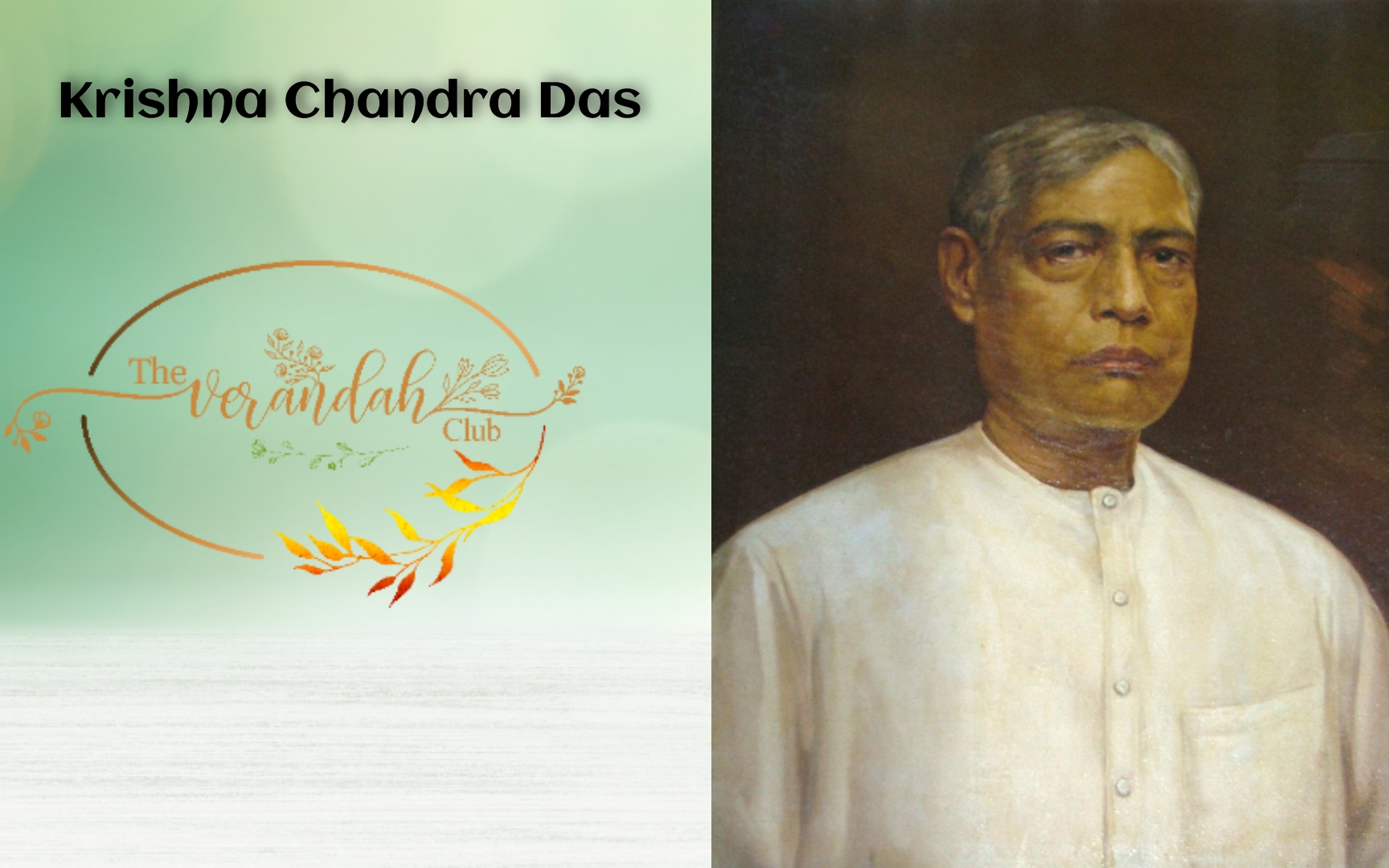
In time, Nobin Chandra handed over the reins of his business to his able son, Krishna Chandra (KC). KC realized that to grow the business, the crown jewel of their business, Rosogolla, would need to be transported across the country. But in its present form, the sweet would not survive the long journey period involved and would get spoiled. A man of strong scientific bent of mend, KC started a scientific workshop. His objective to come up with new manufacturing technologies that would not only increase the life of the sweets but also enable mass production. Unfortunately, his mother, Khirodmoni Devi strongly protested against what she perceived as tampering with Nobin Chandra’s precious invention. The latter had passed away in 1925.
Frustrated KC broke away from his family business and started a new venture in his own name. In 1930, KC Das introduced the process of packing Rosogollas in tin cans that ensured longer life for the sweet. This enabled the sweet to travel across the land and what was the phenomenon of Bengal, soon became a sensation across the country.
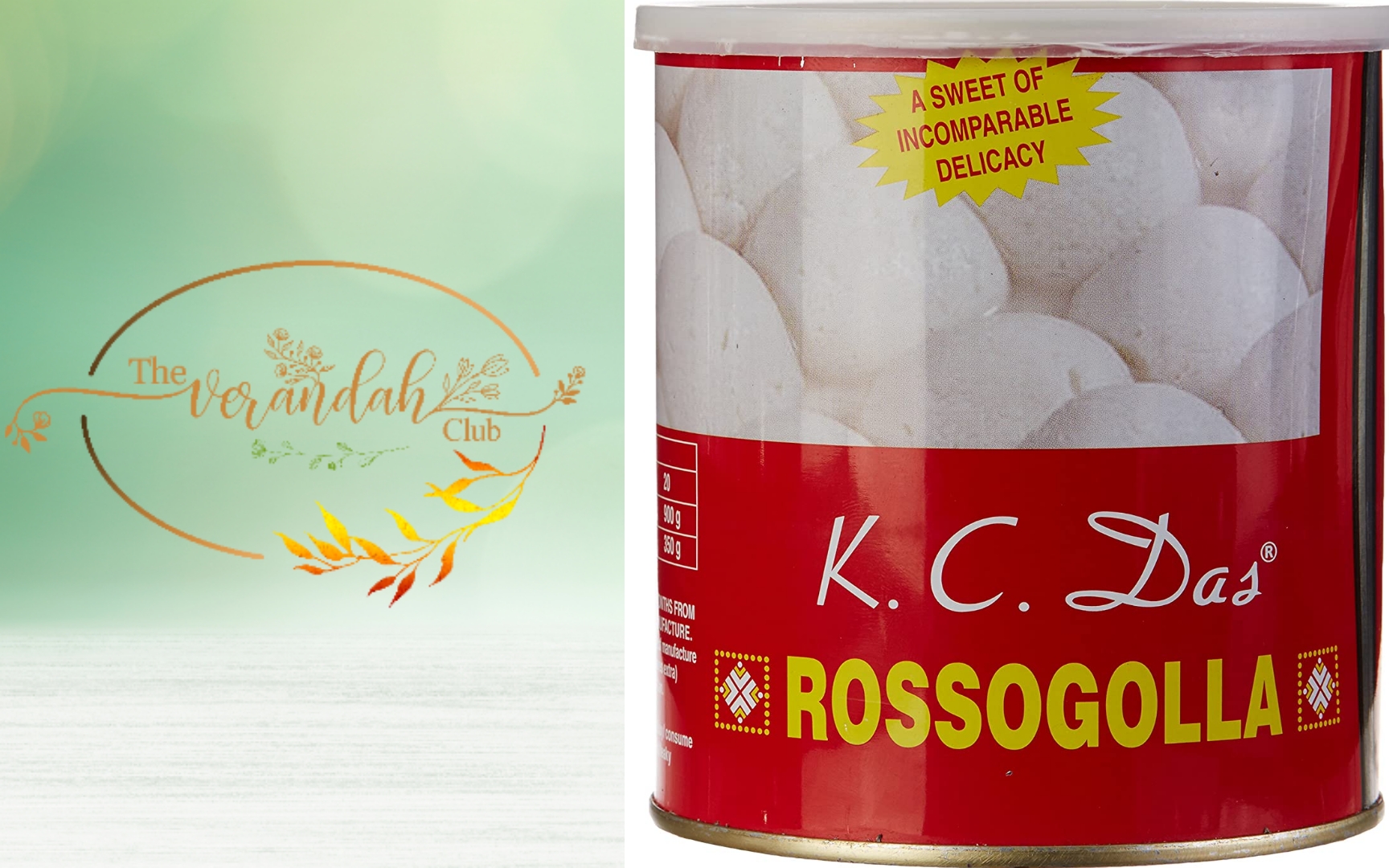
Today, Rosogollas from KC Das' travel not only across India but to all corners of the globe. KC Das outlets have come up in Bengaluru and Chennai as well. What had started as an impossible dream for a young Bengali boy in the 19th century is now truly a global phenomenon.
NB: This piece doesn’t attempt to attribute authenticity to Nobin Chandra Das as the founder of Rosogolla. It is only an attempt to share the incredible tale of this ordinary man and his extraordinary creation with a wider audience.
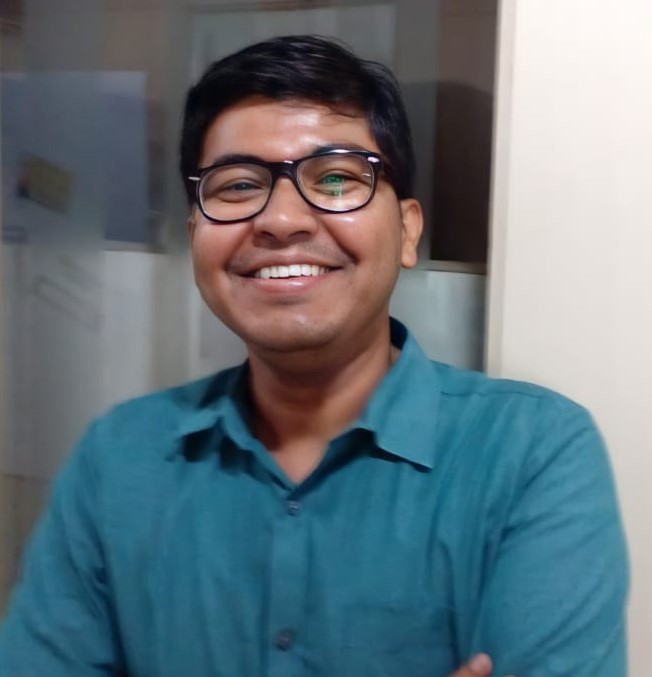
Based out of Kolkata, Trinanjan is a market researcher by profession with a keen interest in Indian history. Of particular interest to him is the history of Kolkata and the Bengal region. He loves to write about his passion on his blog and also on social media handles.
NEXT ARTICLE

At the southernmost tip of this mesmerising ensemble lies the majestic Great Nicobar Island, boasting an impressive landmass of about 910 square kilom...

Bharath has always been a land traversed by spiritual masters/ Guru since time immemorial. These spiritual masters have always upheld the core princip...

South India contains its fair share of unique pilgrimage centres. These divine places of worship have a prominent Sthala Purana, devoted followers, di...